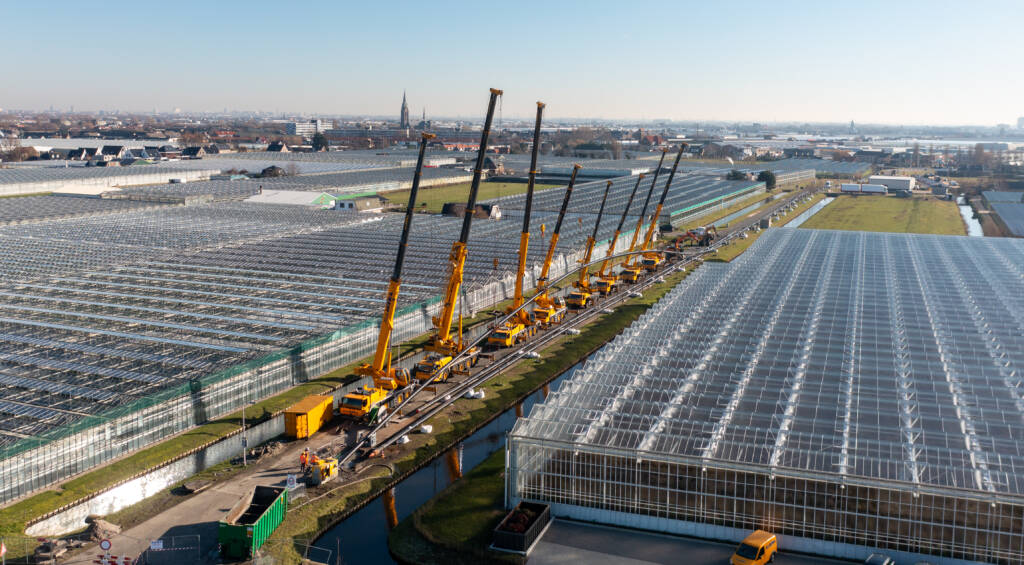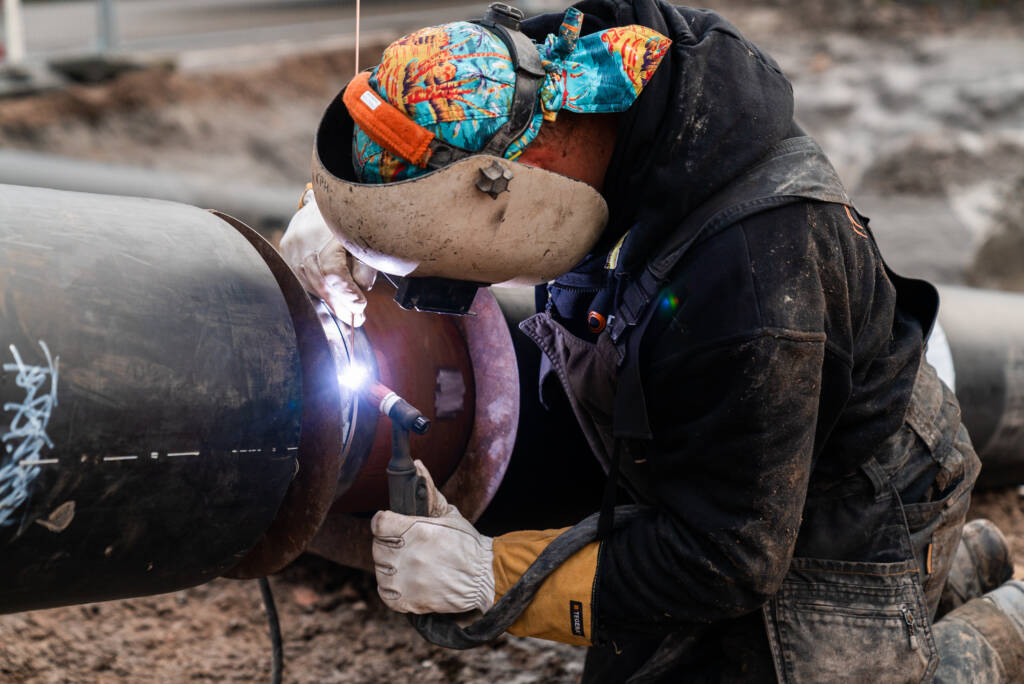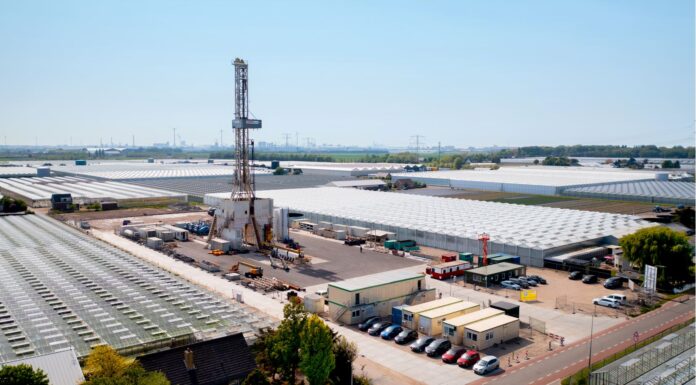The Greenhouse Capital of the Netherlands is taking bold steps to minimise its impact on the environment by connecting geothermal wells into one network and hooking it to an underground pipeline carrying waste heat from industries based at the Dutch port of Rotterdam.
The Dutch government’s decision in 2017 to phase out gas use altogether in the Netherlands by 2050 presented the country’s greenhouse growers with an ambitious challenge, to say the least.
Climate-neutral by 2040
The discovery of the Groningen gas field in the northeast of the country propelled the success of Dutch horticulture over the last 50 years.
Today, mounting concerns over climate change, earthquakes in the Dutch province of Groningen, and the pressing need to cut carbon emissions are driving interest in geothermal heating and link-ups with other businesses generating residual heat that they need to dispose of but that growers can make use of. Such is the confidence the greenhouse industry has in the steps being made that it is working towards a target of becoming climate-neutral by 2040.

Better security of supply
Five clusters of geothermal wells serving about 90 growers in all are already in operation in the Westland, the major centre for greenhouse crop production in South Holland, with more in development. Construction is now underway to connect these together into one network with plans, in future, to hook the network to an underground pipeline carrying heat generated as a byproduct of manufacturing by various industries based at the Dutch port of Rotterdam, south of Westland.
Linking all the geothermal clusters into one Westland geothermal heat network will have several advantages, says Evelien Brederode, the networks’ director and of Capturam, which develops and operates local grid networks for geothermal heat.
She says the biggest benefit, at least in the short term, is better security of supply. “Geothermal is still a relatively new technology, and supply from any particular well can sometimes go down for a period of time, even for a few months,” she says. “Once the wells are interconnected, if one goes out of production, then supply is maintained, at least partially, from the others.”
Trade platform
It will also allow heat trading between growers. Geothermal sources can meet a nursery’s base-load demand for heat year-round. “We don’t aim to meet peak demand as that would be too expensive,” she says. “So it’s helpful if a network can link to growers of different kinds of crops, including ornamentals, which may have a lower overall heat demand but need more at different times of the year.
“Along with the network itself, we will set up a trading platform enabling growers with an unused capacity to sell to those who need more.”

WarmtelinQ
At the same time, the installation of a pipeline, the WarmtelinQ, which was started by gas distribution company Gasunie last year, will see hot water conveyed from industrial plants at Rotterdam to heat homes and offices in Vlaardingen/Schiedam, Midden-Delfland, Delft, Rijswijk, The Hague and Leiden, and then returned to the port to be heated up again. A series of branches are also planned, including one to Westland, where it will link into the geothermal heat network, making the heat available to greenhouses too.
“That will also give us more security, as well as potentially increase the total amount of energy available to our network,” says Evelien Brederode.
She says 10 per cent of Westland horticulture’s total heat requirement is currently being met by geothermal sources, but the ambition is to reach 50 per cent, which equates to about 300MW of base-load heat. “The underlying geology suggests about 250 to 300MW total could be available,” she says.
Ideally, though, Westland would like access to 500MW through the heat network, so is anticipating being able to draw 200MW from the WarmtelinQ, which will feed in at several points around the circuit.
Future supply constraints in waste heat?
While currently, the potential heat supply from the industries at Rotterdam is plentiful, which could all change in future depending on the direction of government policy and industrial energy economics. Even if, for example, some existing oil refineries were wound up, they might be replaced by the production of hydrogen [to replace gas as a source of energy] generated using electricity from offshore wind, which creates heat as a byproduct. “There could be less waste heat available in future, but we are confident there will still be plenty,” she says.
“We hope to be able to link up with the pipeline in 2028. At present, the capital cost of connecting would be way too high in relation to the benefits achieved for growers, but this is likely to change in future if, for instance, policy measures that encourage the industry to deliver residual heat are implemented.”
Much of the work on the transition from gas to more sustainable energy sources has attracted significant sums of financial support from the Dutch government because of the projects’ high capital costs.
Undoubtedly those in authority will now be just as keen to cut the ties to gas in order to prevent such situations as the spiralling cost of gas caused by Russia’s war against Ukraine. Whatever the reason, the outcome will keep the Netherlands at the forefront of world horticulture.
This article first appeared in April 2023 edition of FloraCulture International.




